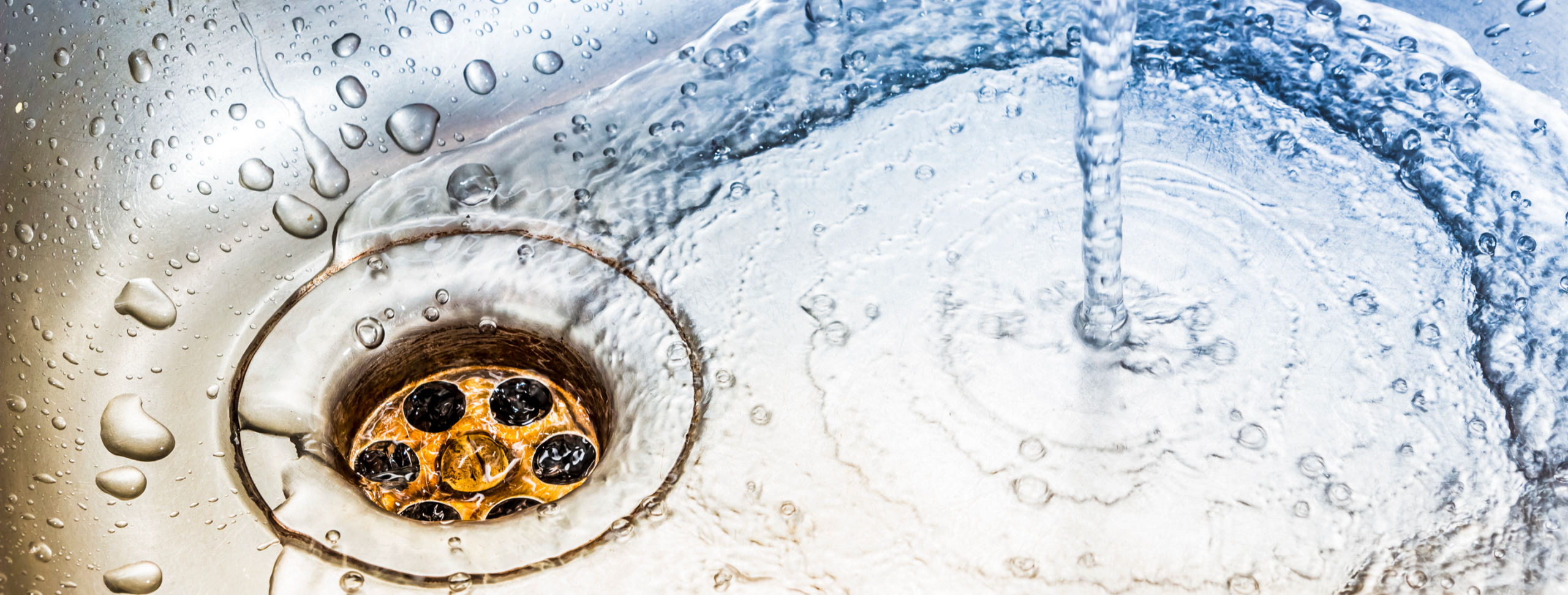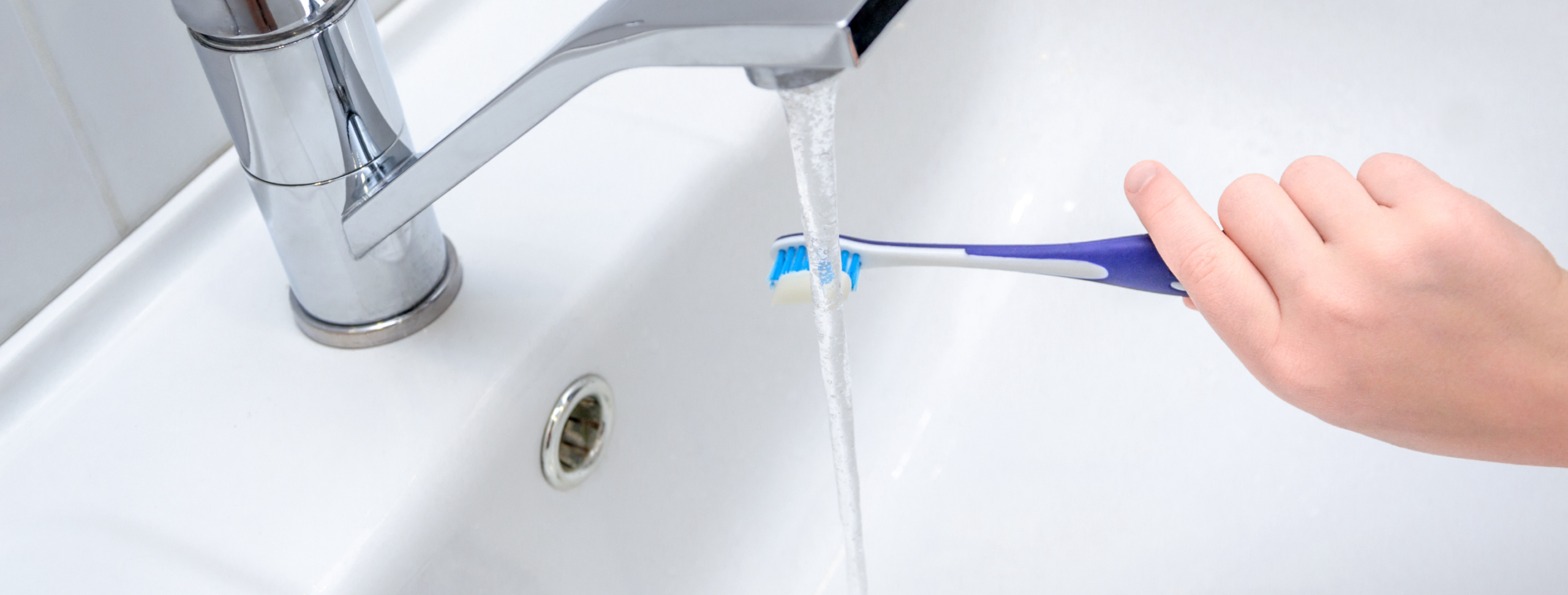
Understanding Water Quality

Water Quality
Easton Suburban Water Authority remains firmly committed to providing our customers with safe, high-quality drinking water at all times. Each year, we conduct thousands of laboratory tests for contaminants and other problems and consistently find that the quality of the water we deliver typically exceeds what is required.
If you do find a problem with your water, please contact our office immediately. The list below outlines the most common potential problems.
Check Your Water
A pink or reddish slime or stain comes from an airborne bacterium, Serratia marcescens, that is found naturally in soil, food, and animals. The bacterium produces a red pigment as it grows and multiplies. The bacterium thrives on moisture, therefore it will grow on moist surfaces such as toilet bowls, shower heads, and even pet water bowls. Because the bacterium is found in soil, customers who live near construction sites may frequently notice this pink slime or stain. It is harmless to humans and pets, but it can be a nuisance.
If you have a carbon filter, the bacteria growth will intensify because while chlorine will kill the bacteria, the carbon filter removes chlorine from water.
Treatment:
Keep the affected area clean and wipe the surface with chlorine bleach.
This is due to mold or mildew. Mold and mildew thrive in warm, damp locations such as a toilet bowl or shower. Mold spores are found naturally in the air and will land on damp surfaces and multiply. Bathrooms without a window or fan are ideal places.
Treatment:
Open windows or turn on the fan for ventilation for at least an hour after a shower.
Install a toilet cake containing bleach that attaches to the toilet bowl. Avoid ones that are dropped into the tank as the bleach will start to erode the plumbing on the toilet tank.
To immediately clean any stains, use bleach and a scrub brush or sponge. Add 3-5 tablespoons of bleach to the toilet tank and flush. While the tank refills, add another dose of bleach to the tank.
This odor may indicate bacteria growth. This could be in your drain. Over time, organic matter, such as hair, soap, and food waste, accumulates on the walls of the drain. Bacteria grow on these deposits and emit gases with the odor. When you turn on your faucet, the force of the water going down the drain pushes these gases up into the air where you will smell them.
Disinfecting the drain with bleach should eliminate the problem. If this doesn’t eliminate the problem, or if you notice the odor in more than one place in your home, the bacteria could be growing in your hot water heater. Turn the temperature of the hot water heater up very high for a short period of time. This will kill any bacteria growing in the hot water heater.
If your hot water heater has a magnesium rod to prevent corrosion of the heater, the odor could be caused by sulfur reacting with the magnesium. Contact the company that installed the hot water heater to inquire about either replacing the magnesium rod with an aluminum rod or having the rod removed (note that removing the rod may void the heater’s warranty).
More times than not, these types of filters create more of a problem. These filters must be maintained, i.e. changing out the filter/cartridge. If they are not maintained properly, they create a place for bacteria to grow, thus creating a problem. They also help to remove natural minerals found in the water that are beneficial to humans.
This comes from copper in the water, particularly if dripping water is leaving bluish-green stains on porcelain fixtures. Copper pipes used in the home may cause this.
This is often caused by a water main break or heavy water usage nearby, like from putting out a fire or flushing the water lines. To determine if this is the case, call us at 610-258-7181 Monday through Friday, 8 a.m. to 4:30 p.m. If so, the coloration should clear up in 4-8 hours. Check to make sure the coloration has cleared by running your cold water for a minute.
Do not use any hot water until the coloration has cleared up because sediment will collect in the hot water tank. Also, do not do any laundry until the coloration has cleared. If you have done laundry and your clothing has become stained, do not dry the clothes and do not use bleach. Bleach will cause the stain to set. Call the ESWA offices and tell us what happened. We will send out someone to deliver ROVER, a rust removal agent that will remove the stains.
If you notice a stronger chlorine smell than normal, our annual main flushing program could cause it. Call our office at 610-258-7181 to find out if we are currently flushing in your area. It should clear up in a couple of hours. If the problem persists, please contact us. If the taste bothers you for drinking, keep an open container of water in your refrigerator. The chlorine will dissipate in an open container.
There are two possible causes for these particles. Try smearing some of the specks between your fingers. If the specks smear, it is deterioration of the rubber gaskets. You should replace the gaskets in the area you’re noticing the particles. If the specks do not smear, it could be due to carbon from a water filter. If you have a water filter, call the manufacturer to have the problem investigated.
Let the water sit for a few minutes. If the coloration clears from the bottom up, it was the result of air bubbles in the water. All water contains air and occasionally, there will be more air in your water than normal.
Temporary:
This could be due to heavy water usage in your area, such as watering lawns, fighting fires, maintenance, or construction. Water pressure will return to normal after the activity is complete.
Permanent:
This could be due to several things, including:
- Elevation of the home compared to the elevation of water tank supplying the area
- Small pipes serving the home
- Lots of scale in your pipes (more common in older homes)
This taste or odor is most commonly noticed in the spring and fall and is caused by geosmin and MIB, compounds that are known to cause taste and odor complaints. They are organic compounds detectable in very low amounts and are formed when algae starts to die off or comes into contact with the chlorine that is used to disinfect the water. Water with low levels of these compounds can be treated to remove the taste and odor, but higher levels that are seen in the spring and fall are a problem to treat. No health effects have been associated with geosmin or MIB; they are an aesthetic issue.
Because we do treat surface water, ESWA does notice this problem in the spring and fall when temperatures change. Most of the time, it only lasts for a few days to a week, and most consumers do not notice a taste or odor problem. Some portions of the population have more sensitive taste buds and notice a taste or odor problem more readily than others. If you do notice this taste or odor problem, please let us know by contacting our office at 610-258-7181.


